Simo Valakari is expected to become St Johnstone’s first foreign manager.
Although he played in Scotland with Motherwell, and in England with Derby County, the former Finland international is untested as a head coach in Britain.
Valakari has plenty of club success on his CV, picking up league titles and cups in his homeland and Latvia.
In the middle of the 51-year-old’s management career, he spent three seasons with Tromso.
A year-and-half into that spell, Valakari gave a long interview with the Nordic Football Podcast, which reveals principles that will be relevant for his job at McDiarmid Park.
Courier Sport picks out six big themes.
The football philosophy
“That’s a big question.
“Generally, we like to control things with and without the ball.
“That’s always in our game plan.
“We try to control the ball and connect as many passes as possible.
“Of course, it’s not just possession for the sake of it. It’s trying to move our opponent so we can find overloads and different angles to pass.
“If we have control with the ball it will lead almost automatically to control without the ball because when there is a turnover or a transition we are in a good position to start our defending actions.
“As much as possible, through the 90 minutes we should be in control of situations.
“Random things happen in football but if you are more pro-active with and without the ball I believe it gives you a better chance of winning matches.
“That’s the reason we want to have possession. It means we have players in the right positions. Our balance on the field should be right.
“It’s much more fun to be on the ball and be proactive.”
Taking over at a struggling club
“When I came here the team was in a very bad position – bottom of the league, not winning matches.
“But still I saw the possibilities in the club. I saw the possibilities within the team.
“There are not many Finnish football coaches who are working abroad.
“Unfortunately, Finnish football is not that highly-rated.
“I knew I had to take this chance.”
Giving young players a chance
“It doesn’t matter how old or young you are. You just have to be good enough.
“I love when young players play without fear.
“Every day they come with fire in their eyes. They’re like sponges, sucking all the information you can give them.
“As a coach I think I can help players in a way that would have made me a better player.
“The first thing I look for in a young player is their character.
“Character holds many things. It holds their technical ability. It holds their physicality. But, most of all, it holds their ability to stand up in first team training and in matches.
“Mistakes will come but I look for how they react after that.
“We try to correct those mistakes with the coaching we can give them. It’s about their ability to learn.”
Transfers and scouting
“We have good people working on transfers and signings. We all come together. We all have our connections.
“We have brought in my son and two other Finnish players, who I know.
“It is important we work as a team.”
The need for identity
“The situation at the club has been very bad financially.
“The new board and new leaders are trying to steady the ship and find a foundation.
“It’s progressing well.
“We know what we need to do.
“Of course, in football, with money and investment you can do different things but we need to build a culture in the club, have a strong academy, have an identity in our way of playing.
“Then we can start being successful in the long-term.
“It’s not just a quick fix with money.
“I’m a very ambitious coach. I want to win trophies. That’s what football is all about. At the same time, I get a lot of satisfaction working with the young players and building something.
“That’s the beauty of football.
“There are the big teams who are always there but every year there is another team who goes against the odds.”
Formations and flexibility
“Last year we had to be flexible depending on the players available and depending on our opponent and sometimes played three at the back – normal football stuff.
“We have played 4-4-2 or 4-3-3 this season. I like to be flexible.
“It makes it more difficult for our opponent to predict what we’re trying to do.
“It’s good to be able to have a couple of different ways.”
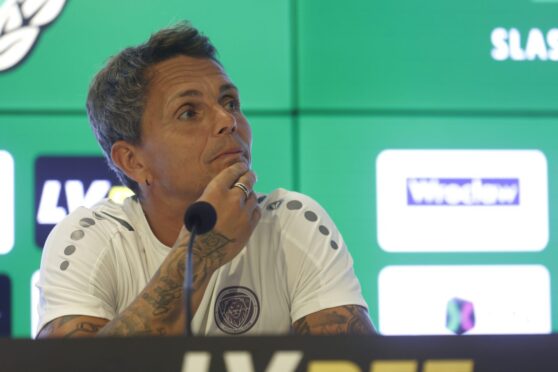
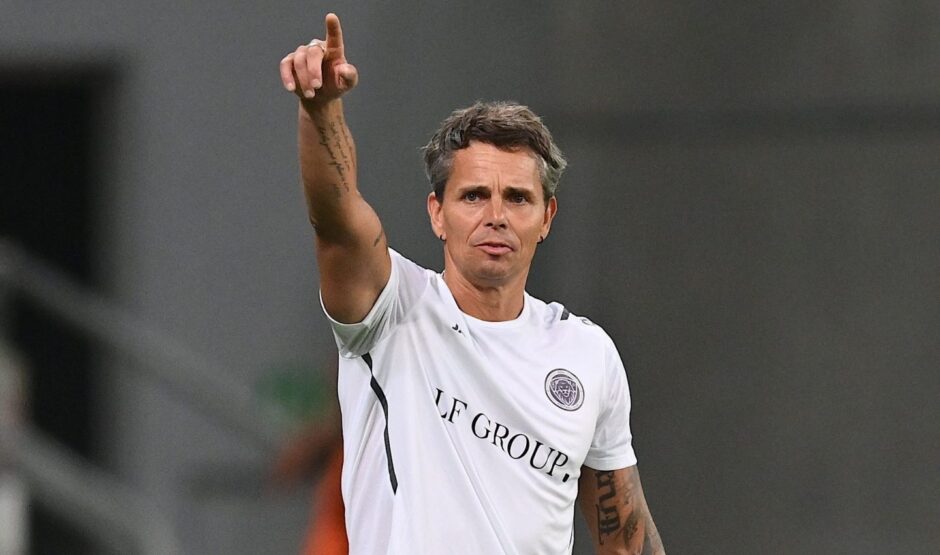
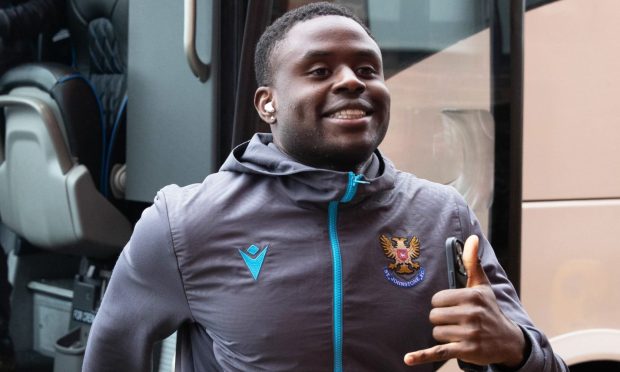
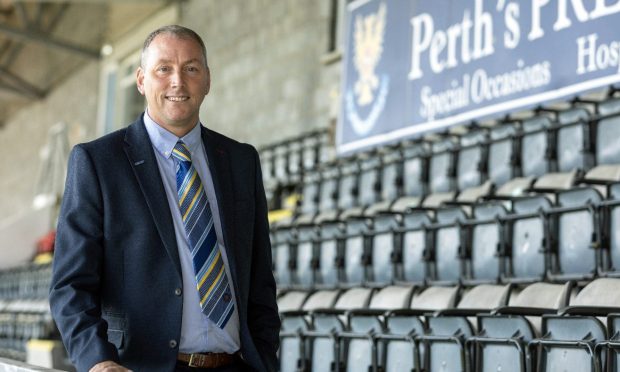
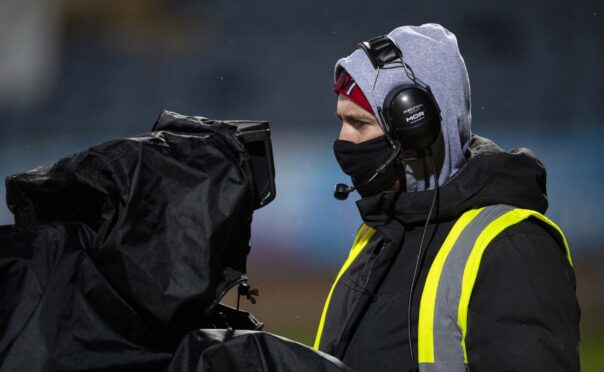
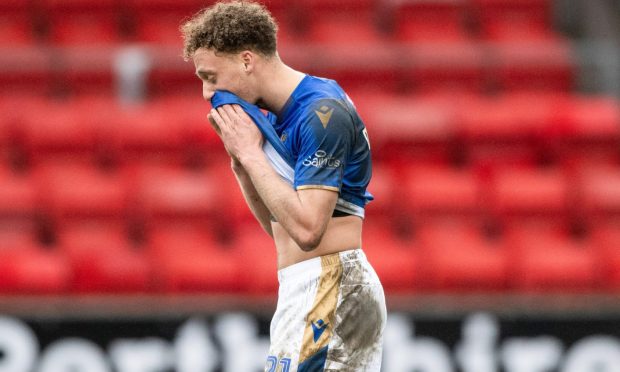
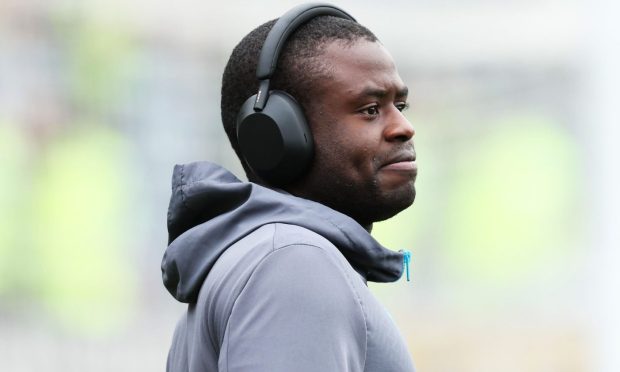
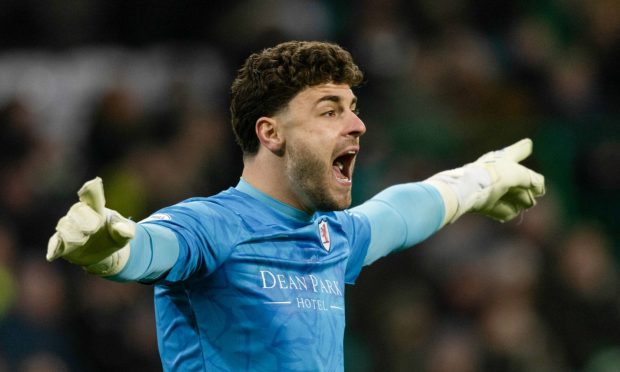
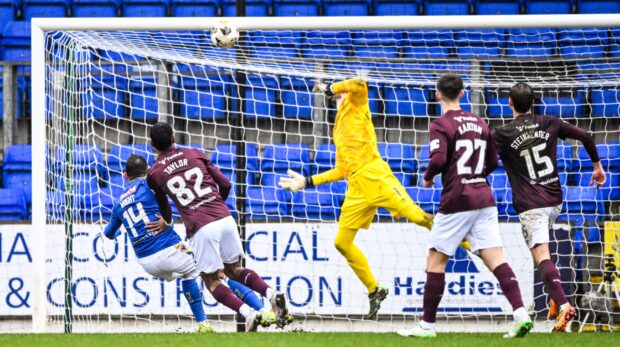
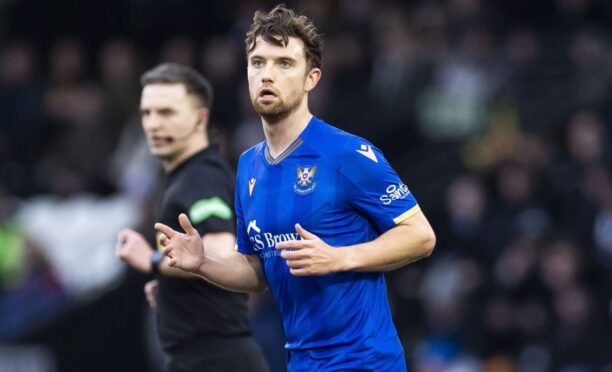
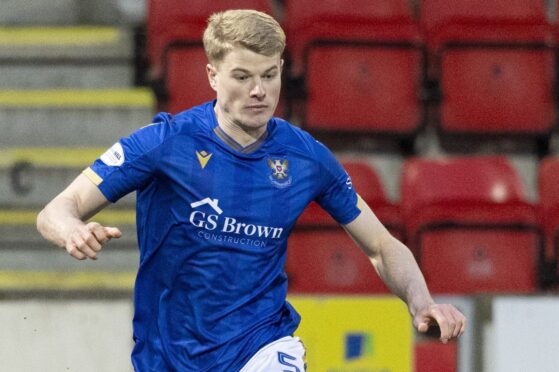
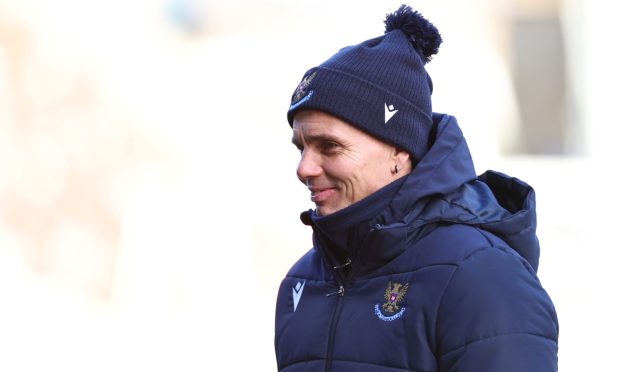
Conversation